
In one of the rare inversions of the patriarchy, inherited color deficiency — colloquially and inaccurately called color blindness — affects men way more often than it does women. As Dr. Andrea Thau, the president of the American Optometric Association, explained to Science of Us, the good news is that if you have color deficiency, you’ll be less fooled by camouflage. The bad news is that you can’t distinguish some colors, which makes it hard to be a cop, a pilot, or a fashion designer.
Passed from moms to sons, the research indicates that for males, congenital color deficiency affects 2 percent of blacks, 3 percent of Hispanics, 3.5 percent of Asians, and 8 percent of whites. But it hits less than 0.4 percent of girls across ethnicities. People can also gain color deficiency due to disease, injury, or exposure to certain chemicals, and like everything else, you can expect your perception of color to get worse as you age.
To see whether you have red-green color blindness, click through a few slides in one of the most popular color-blindness tests, developed by Japanese ophthalmologist Dr. Shinobu Ishihara in the 1910s. The slides are beautiful, in their particularly clinical way, and you’ll see them differently depending on your eyes.
Are You Color-Blind?
- Sit approximately two feet from your screen, with each circle at eye level.
- Soft natural light is best, with no glare on your screen.
- Click ‘reveal’ to to see your results.
- Note: This test cannot guarantee complete accuracy. Your screen and quality loss of online images may affect the original colors used. If these tests suggest you may be color-blind, you should seek professional confirmation.
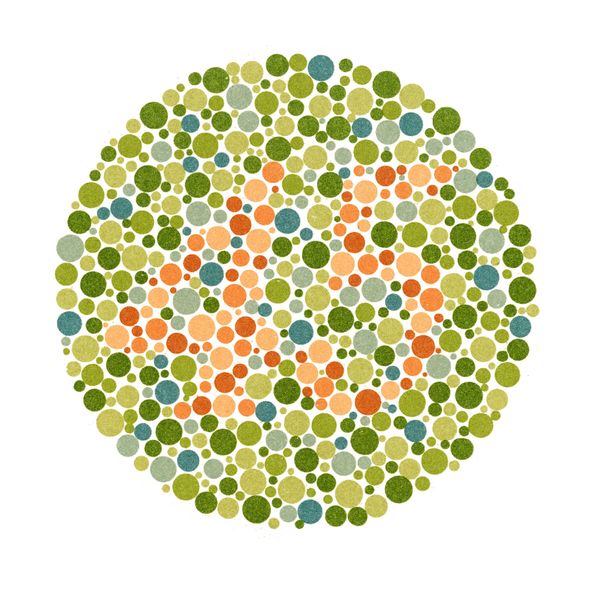
45
Normal color vision
Nothing
The majority of color-blind people cannot see this number clearly.
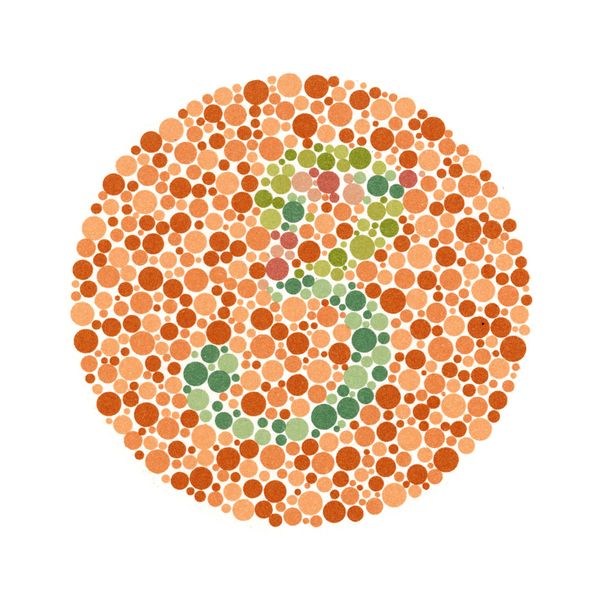
3
Normal color vision
5
Red-green color blindness
Nothing
Total color blindness
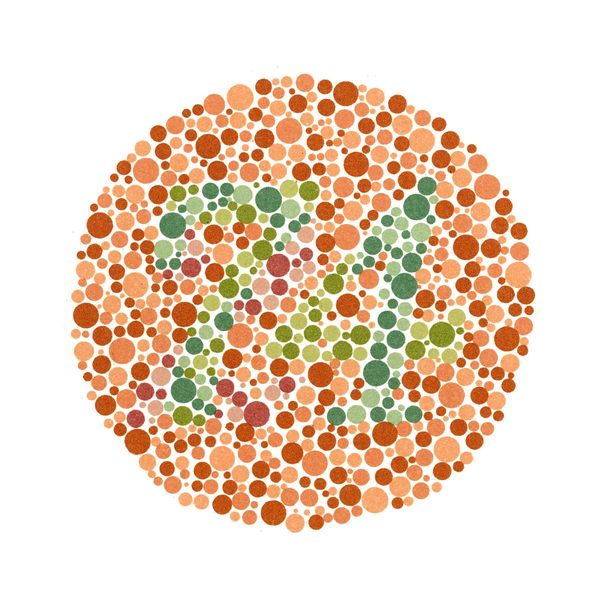
74
Normal color vision
21
Red-green color blindness
Nothing
Total color blindness
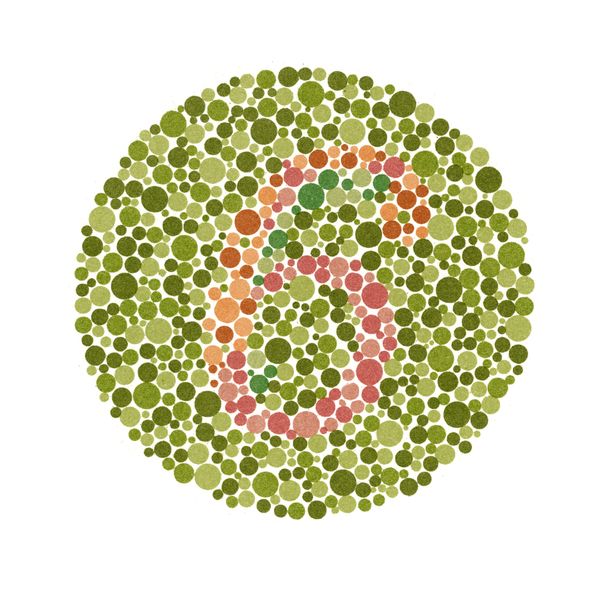
6
Normal color vision
Nothing
The majority of color-blind people cannot see this number clearly.
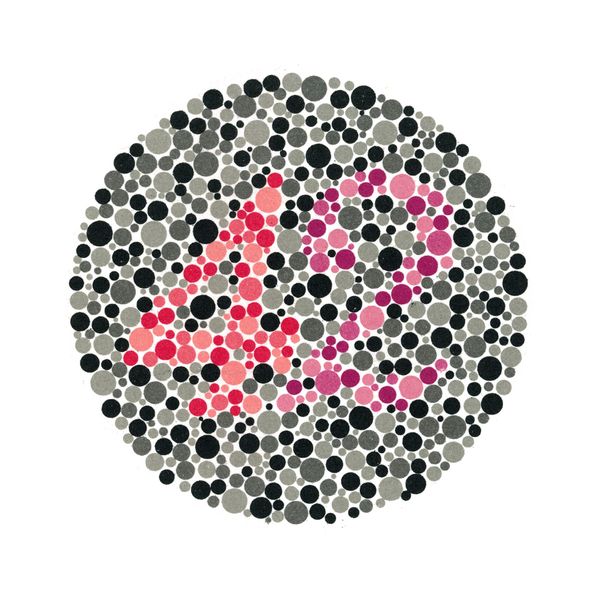
42
Normal color vision
2, faint 4
Red color-blind people will see a 2, mild red color-blind people will also faintly see a number 4.
4, faint 2
Green color-blind people will see a 4, mild green color-blind people may also faintly see a number 2.
With the Ishihara test, the dots come in different colors. If you have normal vision, Dr. Thau explains, then it’s easy to see whatever number is there. But if you can’t see all the dots, you’ll see another figure, since only a subset of the dots will be available. It’s important for parents to get their kids tested for color blindness, Dr. Thau says, by age 2 or 3, since so many instructions kids get in elementary school are color-based. And while an online test is fun, it’s important to get it done by a doctor.
If you want to take care of your color perception, invest in quality sunglasses with UVA/UVB protection, she says. That’ll protect the color receptors in the cones in the your eyes — so that as you age gracefully, you’ll be able to zoom in on color and detail.




